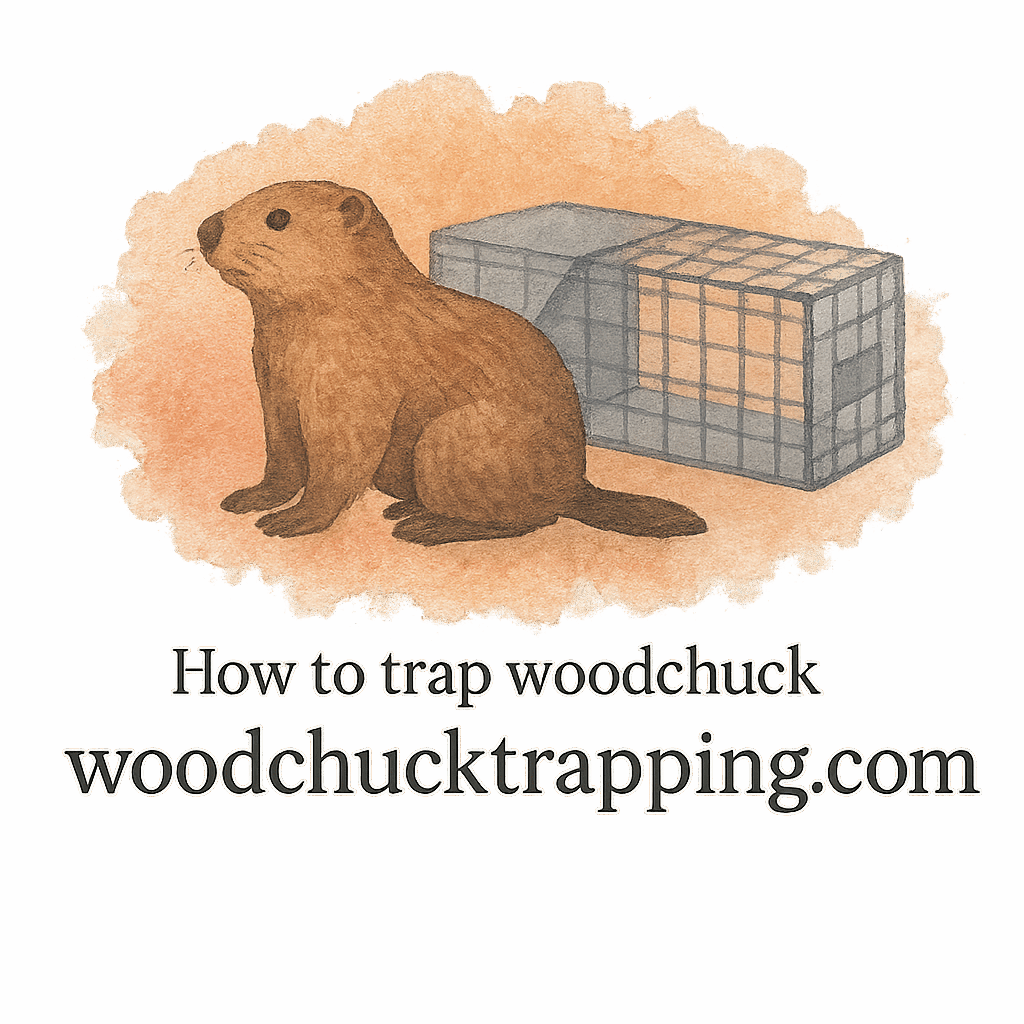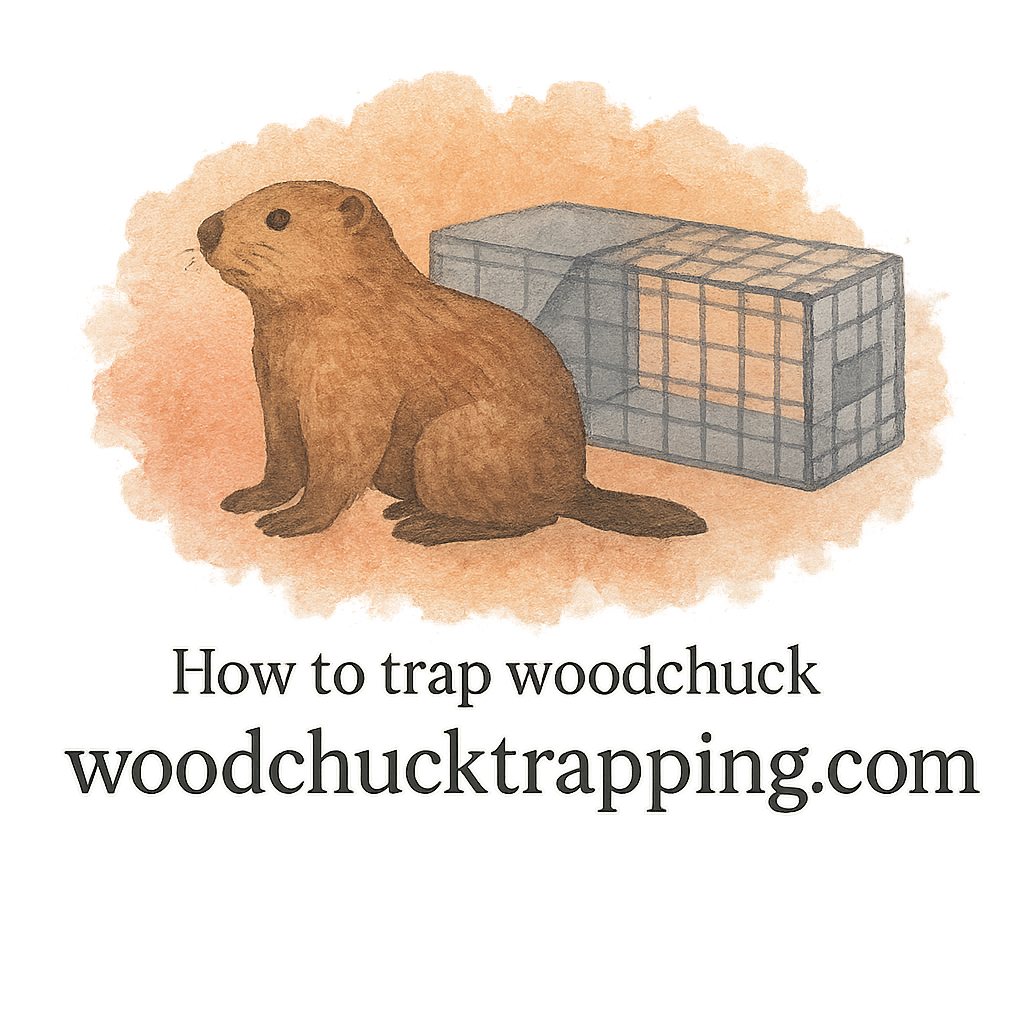Introduction: The Garden Invader
Let’s face it—woodchucks (also known as groundhogs) can turn your backyard paradise into a scene of devastation in just a few days. If you’ve been battling these burrowing beasts, you’re not alone. The good news? Some ground cover plants can actually help repel them naturally. Let’s dig into nature’s defense system and how you can reclaim your yard—without always reaching for a trap first.
Why Ground Cover Plants Work
Natural Repellents Through Scent
Certain plants release strong fragrances that act like a “Do Not Enter” sign for woodchucks. Just like we avoid that one over-perfumed aisle in the store, woodchucks steer clear of pungent herbs and oils.
Texture & Taste: The Unappetizing Defense
Ever bitten into something so bitter you spat it out instantly? That’s how woodchucks feel about rough or aromatic plants. Fuzzy, bitter, or leathery leaves can deter them from feasting.
Understanding Woodchuck Behavior
What Attracts Woodchucks to Your Yard
Woodchucks love lush vegetation, easy digging, and cozy spots under sheds or porches. They follow the buffet line, munching everything from tender vegetables to flowers.
Explore more: Signs of Woodchuck Activity
Signs of Woodchuck Infestation
If you spot wide burrow entrances, fresh dirt mounds, and missing veggies, you’re likely dealing with a groundhog. Also, look for gnawed stems or plants cut at a 45-degree angle.
See more: Infestation Clues
Legal & Safe Management
Before you start trapping or moving woodchucks, check out local laws. Many places regulate wildlife handling.
Helpful resource: Laws & Safety
Best Practices Before Planting Ground Covers
Site Preparation Tips
Clear debris, level the soil, and make sure drainage is solid. Healthy soil = healthy plants = fewer pests.
Combining Plants with Other Methods
Ground covers alone may not be enough. Pair them with humane traps, fencing, or repellents for best results.
Explore these techniques: Trapping Techniques

Top 8 Ground Cover Plants That Repel Woodchucks
Let’s get to the stars of the show—plants that are pretty for your yard but not on the woodchuck menu.
1. Creeping Thyme
Why Woodchucks Hate It
This little herb smells amazing (to us) but terrible to them. It spreads quickly, forming a dense mat of aromatic leaves.
Best Planting Practices
- Full sun
- Well-draining soil
- Great between stepping stones
Use alongside: Trap Gear for Small Spaces
2. Lamb’s Ear
Soft and fuzzy, but to a woodchuck? It’s like chewing on a wool sweater. They don’t like the texture.
- Great for dry borders
- Low maintenance
- Pairs well with other perennials
Tag it: Texture-Based Repellents
3. Mint
This one’s strong—almost too strong. It spreads like wildfire and releases a powerful scent woodchucks avoid.
- Contain it in pots or a controlled bed
- Thrives in part sun
- Double-duty: it repels and smells great!
Useful add-on: Baiting & Luring
4. Ajuga (Bugleweed)
A fast spreader that covers bare soil quickly and chokes out weeds—and discourages pests.
- Purple foliage adds visual interest
- Loves shade or part sun
- Low-grower, under 6 inches tall
Check out: Minimal Space Tactics
5. Artemisia
With silvery leaves and a bitter taste, this plant is a double-whammy. Even deer avoid it.
- Drought-resistant
- Strongly aromatic
- Perfect for borders and sunny areas
Pairs well with: Scent-Bait Tips
6. Oregano
Woodchucks won’t touch it, but your kitchen will thank you. This herb spreads well and offers dual utility.
- Needs full sun
- Easy to grow
- Fragrant deterrent
Get planting and trapping: Trapping Essentials
7. Yarrow
This fern-like perennial is bitter to taste and drought-tolerant. Woodchucks steer clear.
- Great for dry areas
- Blooms in summer
- Available in many colors
Visit: Tools for Trapping Success
8. Sweet Woodruff
Woodsy and fragrant, it’s a charming ground cover that also repels some wildlife.
- Loves shade
- Tolerates poor soil
- Soft white flowers in spring
Enhancing Your Ground Cover Strategy
Pairing With Barriers & Traps
Plant barriers work best when combined with fencing or compact traps. You’re building a multi-layer defense system here.
- Trap smart: Compact Traps
- Safe handling: Glove Usage Guide
Using Scented Lures in Traps
Mix your strategy with effective lure placement to outwit even the sneakiest woodchuck.
Guide: Trap Scent Selection
Long-Term Prevention & Yard Maintenance
Ongoing Monitoring
Keep an eye on your yard regularly. Look for new holes or fresh damage.
Stay alert: Signs of Infestation
Dealing With Burrows
Cover up old burrows with gravel and soil, then plant deterrent ground cover directly over them.
More info: Burrow Management
Conclusion
Ground cover plants are your stealthy, green army in the fight against woodchuck invasions. Whether you’re mixing mint with a motion-sensor sprinkler or using yarrow to protect your raised bed, these natural solutions give your yard an edge. Combine them with smart trapping, safety practices, and continuous monitoring, and you’ll turn your garden from a groundhog buffet into a no-go zone.
For more tips and expert guides, visit our main hub: Woodchuck Trapping
FAQs
1. What’s the most effective ground cover plant to repel woodchucks?
Mint is incredibly effective due to its strong scent. Just be careful—it spreads fast!
2. Will ground covers alone stop woodchucks?
Not always. It’s best to pair plants with other methods like fencing or humane trapping.
3. Do woodchucks avoid all herbs?
Not all, but many aromatic herbs like oregano and thyme deter them effectively.
4. Can I use these plants in small yards?
Absolutely. Options like creeping thyme and mint thrive even in tight spaces. Check this: Small Yard Solutions
5. Are these ground covers pet-safe?
Most are, but always double-check for pet toxicity, especially with mint or yarrow.
6. Do these plants repel other pests too?
Yes! Many deter deer, rabbits, and insects as well.
7. What’s the next step if the plants don’t work?
Use traps, barriers, and consult this guide: Trapping Techniques


